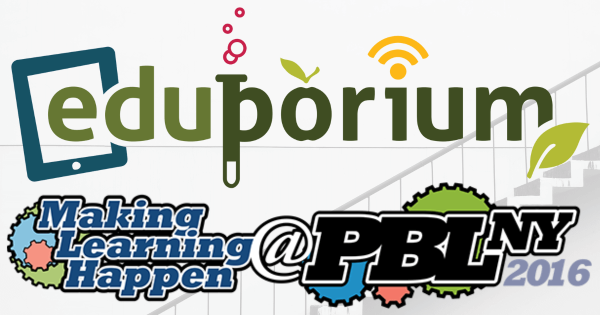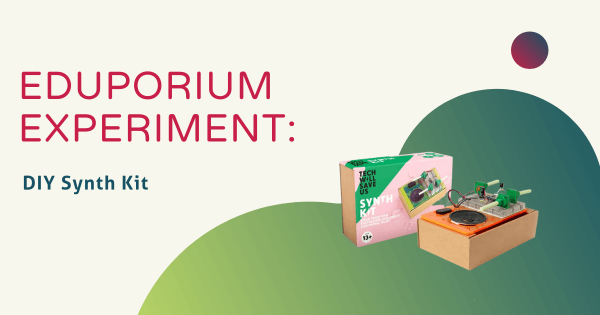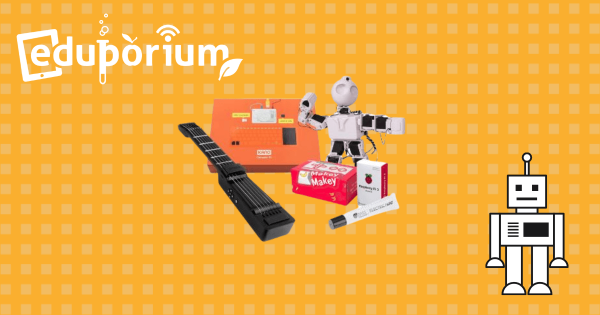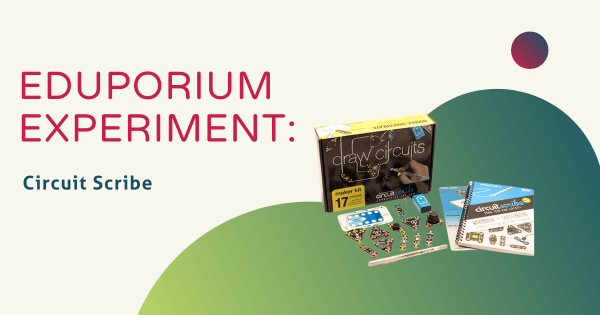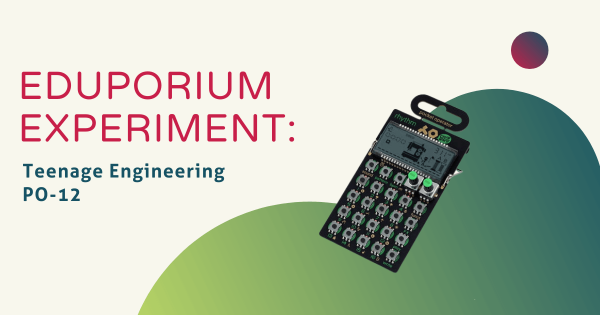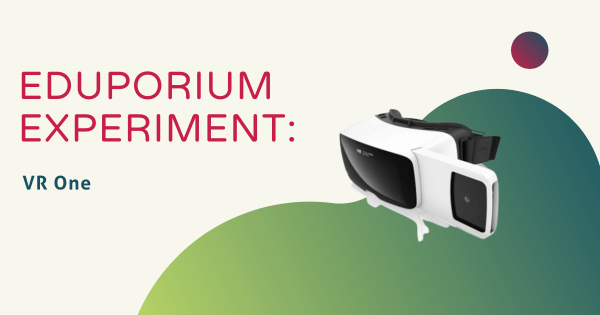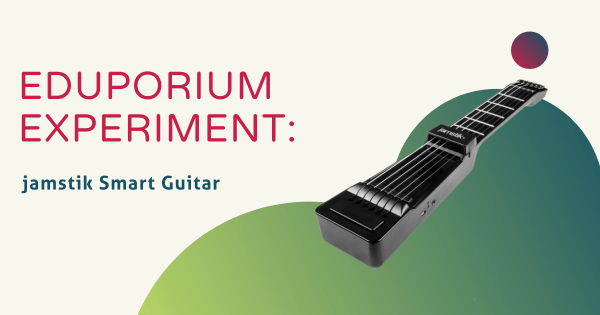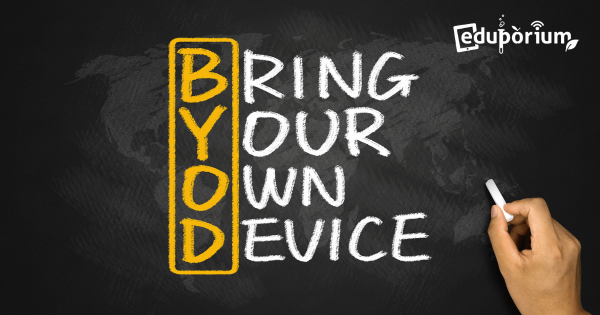From August 2-5 2016, Eduporium participated in the Onondaga-Cortland-Madison BOCES Making Learning Happen PBL NY event up in Syracuse. We were invited to the event to appear as an educational partner after we spent much of the last couple of months working to create, procure and customize EdTech bundles for PK-12 students in these districts.
EdTech
Educational technology has, of course, completely transformed how today's K-12 students learn. From basic 3D printers and virtual reality systems to simple coding robots and screen-free building tools, countless numbers of educators have been able to affect education for the better and help children develop transferrable skills for the real world. Since EdTech now covers so many areas, however, there often remains a lot for teachers to learn about and explore. Not every technology tool will impact your students in the same ways, nor will they enhance every single lesson. It's more about finding the right solutions for the right situations and building high-quality instruction from there. In this section, we cover everything from specific classroom STEM kits to insights on integrating EdTech tools in teaching. And, we'll continue adding new resources with thoughts on the many branches of the EdTech tree.
EdTech resources are constantly impacting student development and redefining how educators can engage them. Besides those hands-on technologies, digital tools and platforms also play a huge role in learning. From coding or artificial intelligence to social-emotional learning, the instant availability of EdTech resources generates many revolutionary opportunities all throughout the world of K-12 and higher education. When it comes down to it, however, equitable access to technology can be a complete game changer. With these opportunities, students can build the hard and soft skills to navigate our increasingly complex world. And, no matter how complex or simplistic EdTech activities are, they can help catalyze that development. We encourage you to browse the content below and reach out to our team with any questions.
-
Eduporium Weekly | All In On Top OER Tools in Education?
If you haven’t given much thought to trying Open Educational Resources in education or maybe aren’t quite sure what exactly they are, the time is now for you to explore some basics of them! OERs are freely accessible, openly licensed documents and media for teaching, learning, and assessing your students as well as for research—and they’re all available for download. -
Eduporium Experiment | DIY Synth Kit
Want to make the next big hit? Kits can do that with ease using the DIY Synth Kit from Technology Will Save Us! With the Synth Kit, students 12 and up can design and build a real musical instrument and tinker to create awesome electronic sounds. The kit lets them plug various components into the breadboard and experiment with creating -
Eduporium's EdTech Bundles Headed to New York
From Aug. 2-5 2016, we’re participating in the Boards of Cooperative Educational Services (BOCES) Make Learning Happen event in Syracuse, NY. We were selected as the event’s preferred vendor after spending much of the last couple of months working to create, procure and customize EdTech bundles for PK-12 students in the districts they serve. -
Eduporium Experiment | Circuit Scribe
Kids can draw circuits instantly and learn the basics of electronic principles with this no-mess conductive ink pen. I experimented with the Circuit Scribe Lite Kit, which comes with one conductive ink pen, two coin cell batteries and one Bi-LED module. The kit includes components like, motors, buzzers, resistors, and more. -
Eduporium Experiment | Teenage Engineering PO-12
The Pocket Operator (PO) comes pre-installed with a default beat, which kids can edit, change and add sounds to. That was great for me because I’m not exactly well-versed in the world of musical composition. Like many of today’s top EdTech tools, it was super easy to use the PO-12 and it really made the music creating process simple but -
Eduporium Experiment | VR One Headset
Virtual reality is all the rage these days and is definitely primed to become a huge part of our lives, but is usually still really expensive to acquire some of the equipment needed to optimize the experience. The VR One headset, however, is a cheap alternative that embodies a lot of the educational uses of VR—and teachers can distribute it -
Eduporium Weekly | Happy Memorial Day
Since it’s Memorial Day Weekend, we thought we’d focus a little bit on how teachers can help mold independent learners with STEM activities in the 21st century classroom. Enjoy—and remember, it’s almost summer! Keep reading to learn more about fostering independent learning environments and inspiring students. -
Eduporium Experiment | jamstik Smart Guitar
Few modern EdTech tools can effortlessly mix a love for art with technological proficiency, but the Jamstik is able to do that and more! With its Bluetooth capabilities, the jamstik links with any iPad or iPhone and interactively teaches kids to play the guitar while enhancing their overall technological proficiency. -
Eduporium Weekly | Bring Your Own Success
The advantages of BYOD initiatives extend for teachers, students and even administrators, who all have the same goal of excelling in a 21st century learning environment. Technology in the classroom opens up a host of options from strengthening distance learning to enhancing student collaboration and the possibilities are only increasing.




